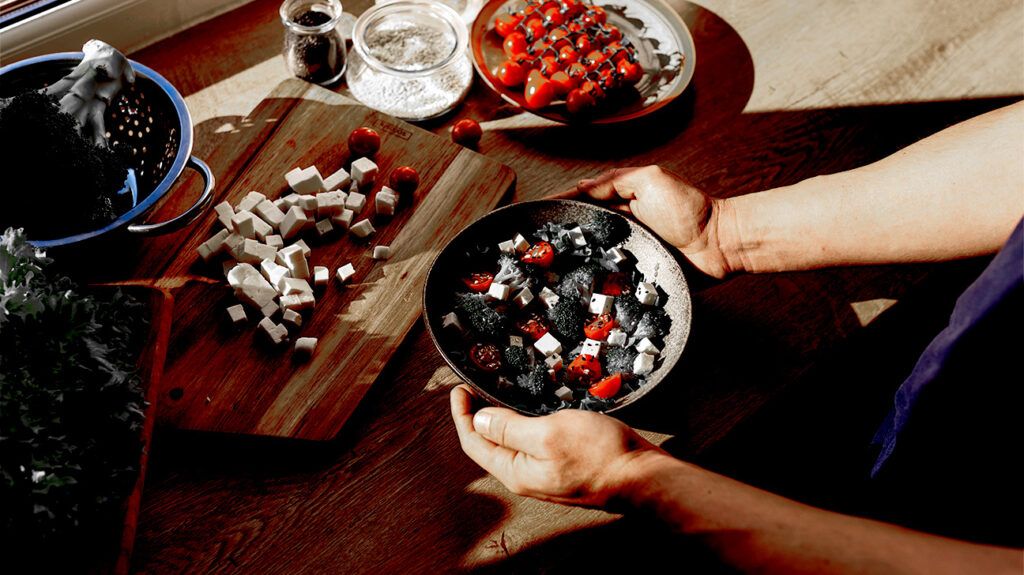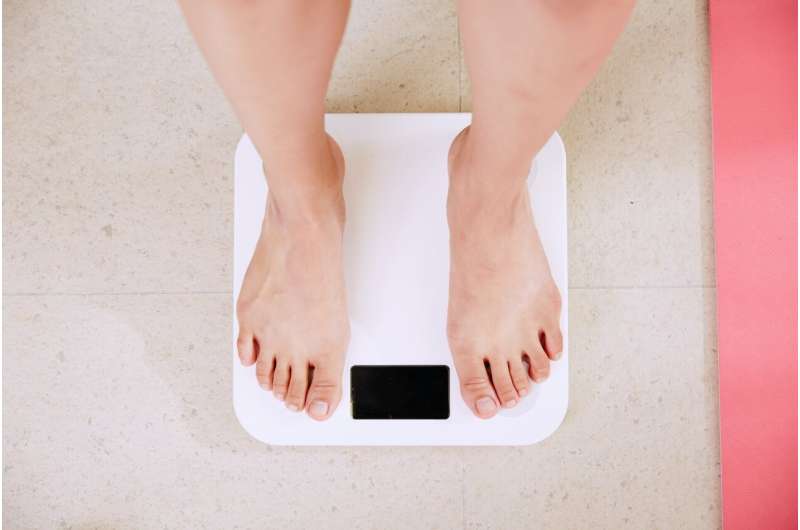One in Five US Packaged Foods and Drinks Contain Synthetic Food Dyes, New Study Finds

A new study finds that nearly 20% of packaged foods and beverages in the US contain synthetic dyes, raising health concerns. Experts call for stronger regulations and better consumer awareness.
Recent research analyzing nearly 40,000 products from US grocery stores reveals that approximately 19% of packaged foods and beverages contain synthetic food dyes. This significant prevalence raises health and safety concerns, particularly because these dyes are often used to enhance the visual appeal of products, especially those marketed to children. The study, published in the Journal of the Academy of Nutrition and Dietetics, evaluates ingredient data from the top 25 US food manufacturers, focusing on the most popular categories among children such as confectionery, sugar-sweetened beverages, ready-to-eat meals, breakfast cereals, and baked goods like cookies and pastries.
Findings show that products in these categories are more likely to contain synthetic dyes, present in 28% of products, compared to just 11% in other categories. Additionally, products containing dyes tend to have higher sugar content, with an average of 33.3 grams per 100 grams—more than double the 13.8 grams in products without dyes. Researchers expressed concern about the continued use of these additives, citing evidence linking synthetic dyes to behavioral issues such as hyperactivity and inattention.
Experts from The George Institute, the University of North Carolina, and the Center for Science in the Public Interest point out that while synthetic dyes are unnecessary in the US food supply, progress towards banning or reformulating products containing these dyes has been slow. Currently, some companies like Ferrero and Mars have a high percentage of products with synthetic dyes, with 60% and 52%, respectively. Energy and sports drinks from brands such as PepsiCo also have a high prevalence.
Advocates argue that implementing warning labels on foods containing synthetic dyes, akin to EU regulations, could motivate manufacturers to reduce their use. Meanwhile, several US states are working on legislation to restrict or ban synthetic dyes, guided by recent research findings. Consumers and parents are advised to routinely check ingredient labels and avoid products with synthetic dyes or high sugar content to minimize health risks. Policymakers are encouraged to strengthen regulatory measures to protect public health from unnecessary food additives.
For more detailed information, refer to the full study in the Journal of the Academy of Nutrition and Dietetics: DOI: 10.1016/j.jand.2025.05.007.
Stay Updated with Mia's Feed
Get the latest health & wellness insights delivered straight to your inbox.
Related Articles
Low-Fat Vegan Diet May Enhance Weight Loss Compared to Mediterranean Diet
Recent research indicates that a low-fat vegan diet may promote greater weight loss than the Mediterranean diet, partly due to lower dietary acid load and its health benefits.
Long-Term Benefits of 16-Hour Fasting Achieved Regardless of Eating Window Timing
A new study reveals that a 16-hour fasting regimen can lead to sustained weight loss and health improvements for at least one year, regardless of when the eating window occurs during the day.
Childhood Obesity Trends Persist in Central Indiana Post-Pandemic
Recent data from Indiana reveals that childhood obesity rates in Central Indiana remain high post-pandemic, underscoring the urgent need for targeted interventions and community-based strategies.
Exploring the Metabolic Benefits of Mediterranean, Fasting, and DASH Diets in Managing MASLD
Discover the promising metabolic benefits of Mediterranean, fasting, and DASH diets in managing MASLD, a common liver condition linked to obesity and diabetes. Recent research highlights how dietary patterns can significantly improve liver and metabolic health.



